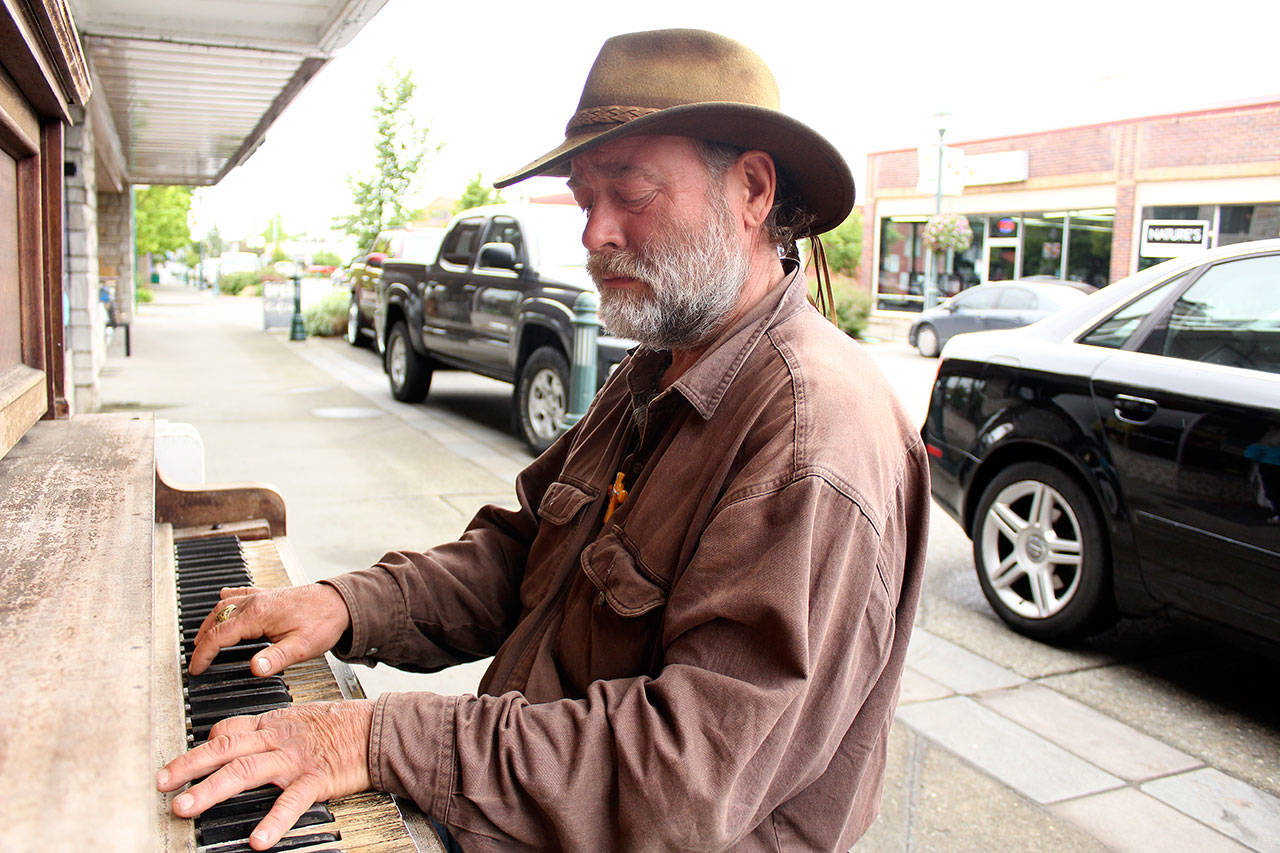According to a brand-new homeless count study, more than 11,600 people are homeless in King County.
King County has been conducting homeless counts since 1980, but announced in February this year’s survey will be conducted by All Home, the lead agency for the Seattle and King County Continuum of Care program, and Applied Survey Research, a social research firm with experience in point-in-time counts, in order to survey more information about homelessness in the area so homelessness and housing programs can be more effective.
The new Count Us In study is a “more comprehensive point-in-time report” than its predecessor, simply called the Point in Time Count, an All Home press release stated.
“This year’s count reflects what we already know: skyrocketing rents and the growing demand for behavioral and mental health services continue to make homelessness a regional challenge. We are already moving more people into housing faster, while cutting in half the number of people slipping back into homelessness. With comprehensive data from Count Us In, we can do even more to target resources where they are needed most,” King County Executive Dow Constantine said in the release. “We have a plan to make homelessness rare, brief and one-time, and the renewal of the Veterans and Human Services Levy is a big part of it — increasing homeless outreach and connections to treatment while creating more affordable housing to move people permanently out of homelessness.”
2017 Count Us in PIT Comprehensive Report by Ray Still on Scribd
This year, a total of 11,643 homeless King County residents were counted on Jan. 27 by 160 paid guides and surveyors and around 600 volunteers.
The vast majority, 70 percent, of homeless residents were counted in the greater Seattle area.
Around 20 percent of the county’s homeless population residents in the southwest portion of the county, which includes Renton, Burien, Auburn and Kent.
Maple Valley, Covington, Black Diamond and Enumclaw, the southeast portion of the county, only house around 1 percent of the county’s homeless population.
Volunteers counted a total of 106 homeless residents in these cities.
More than half of the county’s homeless residents had some form of shelter — 2,667 were in transitional housing, and 3,491 found themselves in emergency shelters.
The rest (5,485 residents) were unsheltered, which includes living on the streets and in parks as well as in camps, vehicles and abandoned buildings.
In terms of age, 71 percent of the total homeless population are adults over the age of 24.
This is followed by kids and youth under 18 at 16 percent and then young adults between 18 and 24 at 13 percent.
Close to two-thirds of the total homeless population is male, and the remaining third female, with two percent each either identifying as transgender or not identifying as male, female or transgender.
More than half, 55 percent, of the total homeless population identified as people of color, while people of color only make up around 36 percent of the general King County population, based on the 2015 count.
Broken down further, black homeless residents make up 29 percent of the total county homeless population, despite making up only six percent of the general population.
The Hispanic or Latino make up 14 percent of the total county homeless population while being 9 percent of the general population.
Asians make up 2 percent of the total homeless population while being 16 percent of the general population.
The white homeless population comes in at 45 percent, while making up 68 percent of the county’s general population.
CAUSES OF HOMELESSNESS
One new addition to the Part of the Count Us In survey that wasn’t included in previous counts was asking homeless residents what was the primary cause of being homeless.
A plurality of people, 30 percent, said losing their job was the primary reason for being homeless.
Alcohol and drug use was another popular answer at 20 percent.
Eviction came in at 11 percent, and divorce, separation or breakup at 9 percent.
When asked what would help them no longer be homeless, 73 percent of people said rental assistance or more affordable housing would be the most helpful.
Around 45 percent said increased income or a regular job would help, followed closely by having money for moving costs and have access to easier housing processes.
Help clearing credit came in at 24 percent, clearing rental history at 23 percent and having landlords who would accept housing vouchers at 20 percent.


